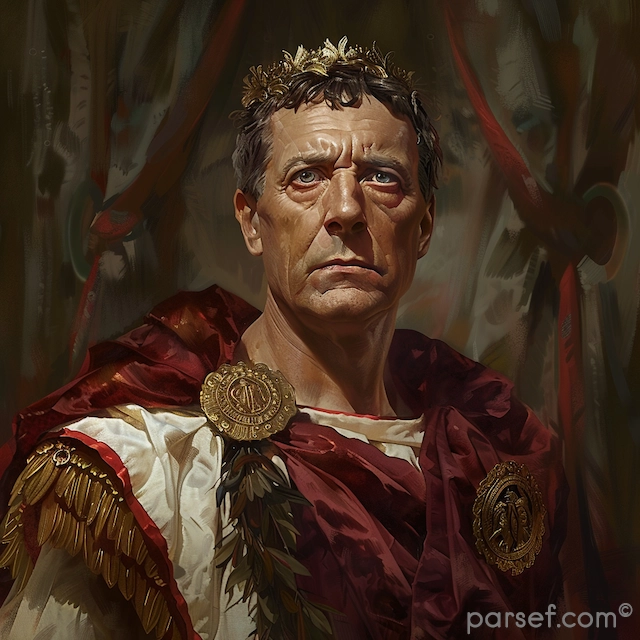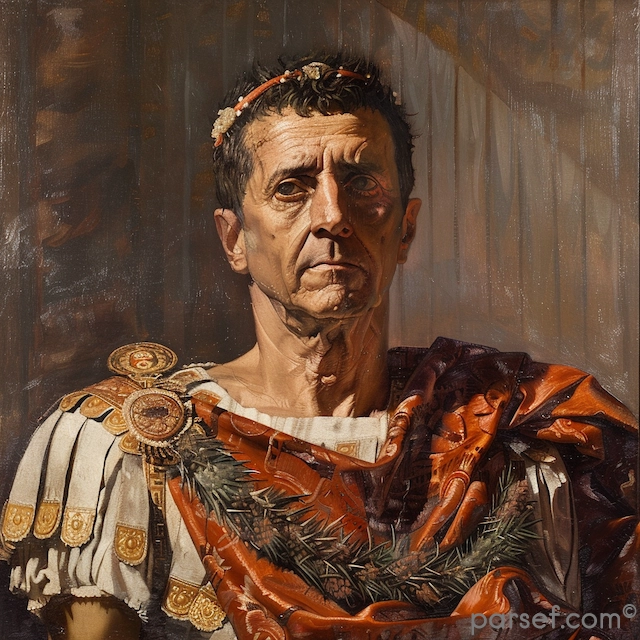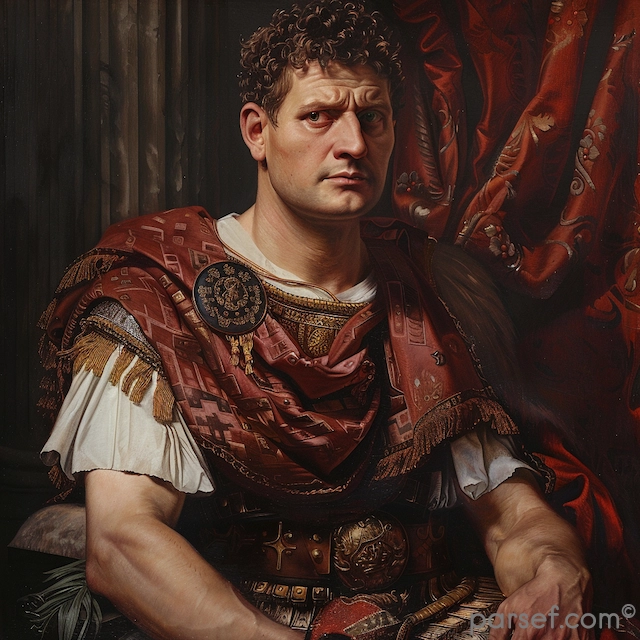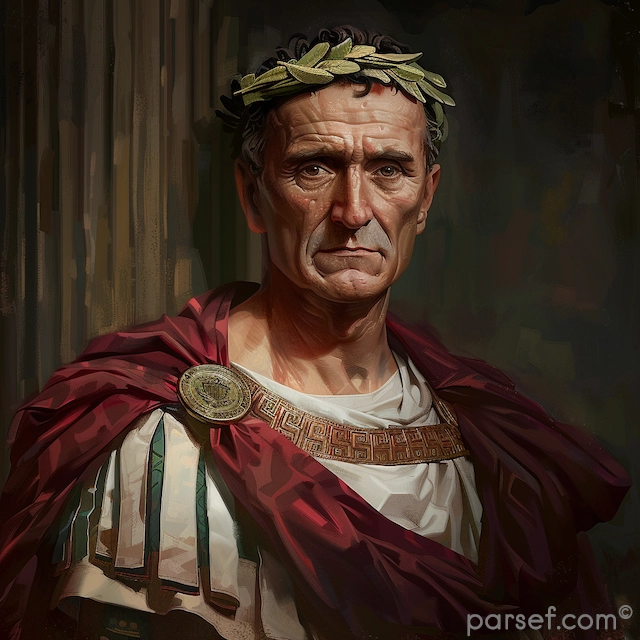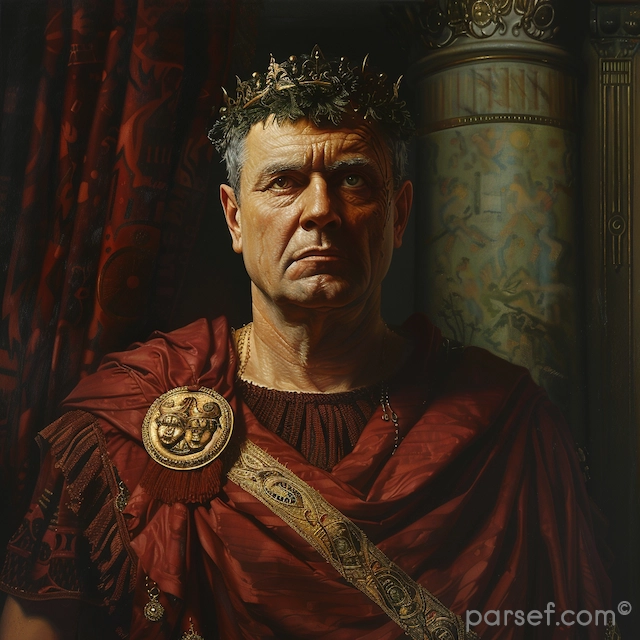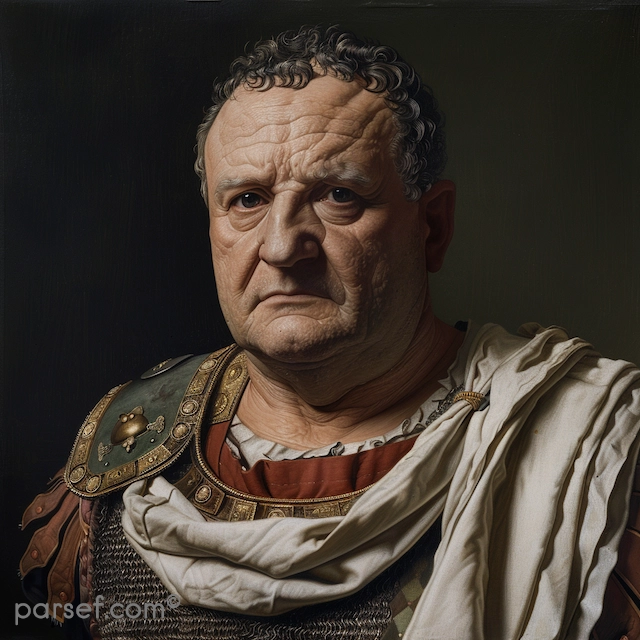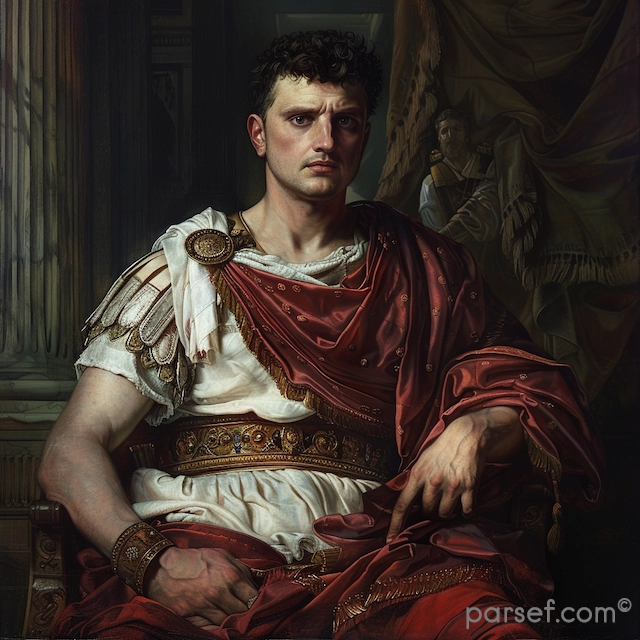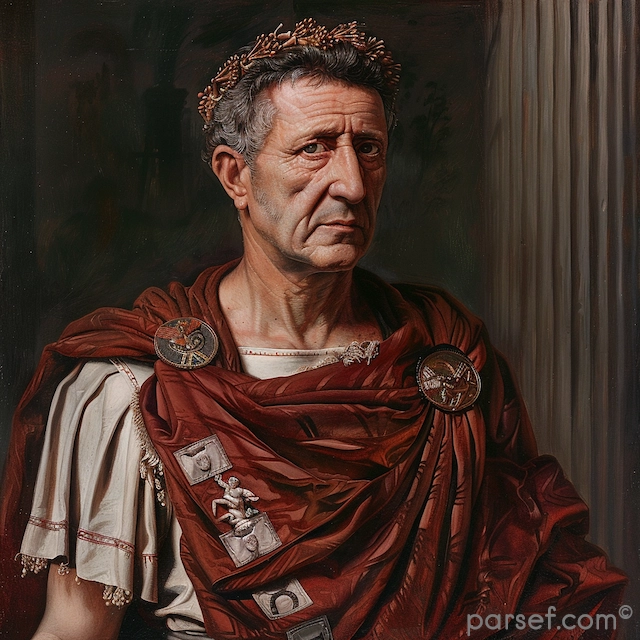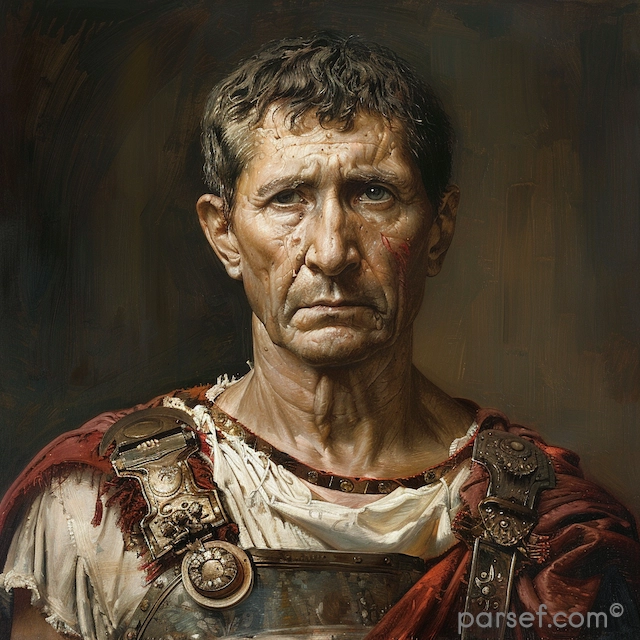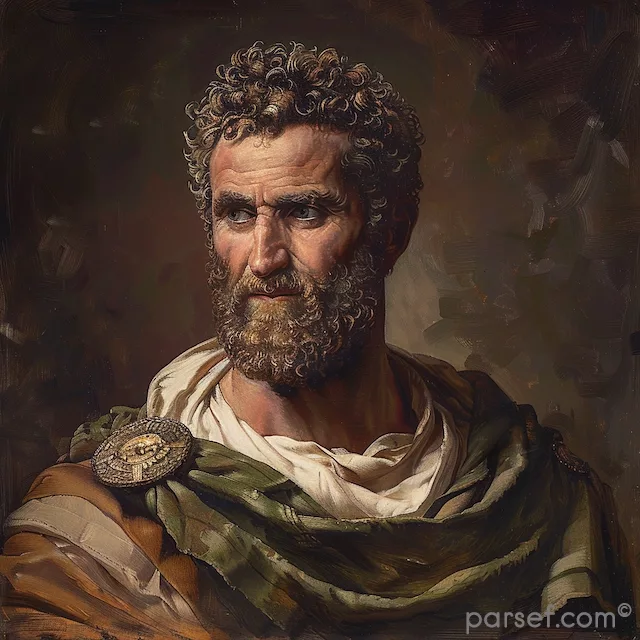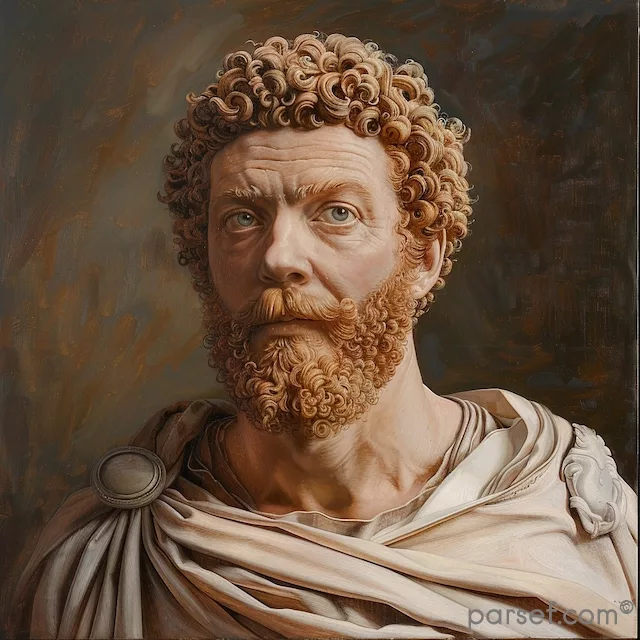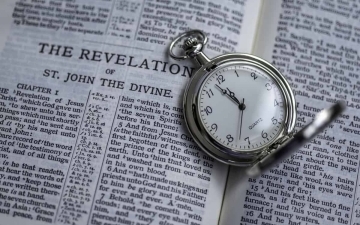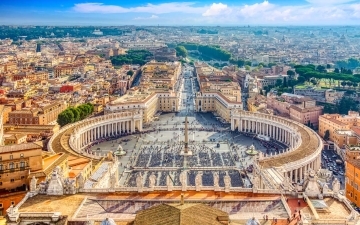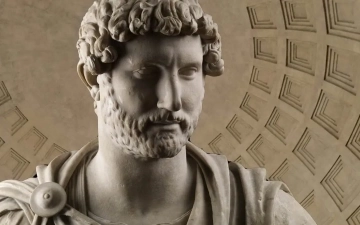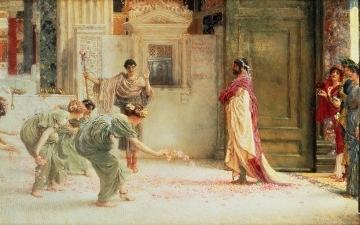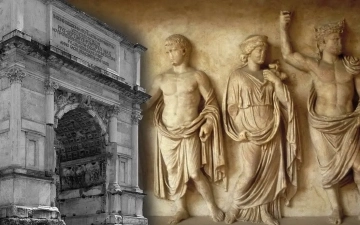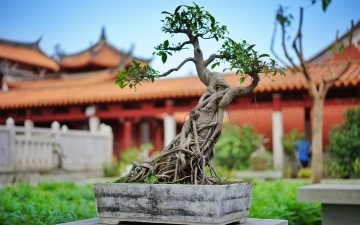Sodom and Gomorrah: The Rise and Fall of Two Ancient Cities
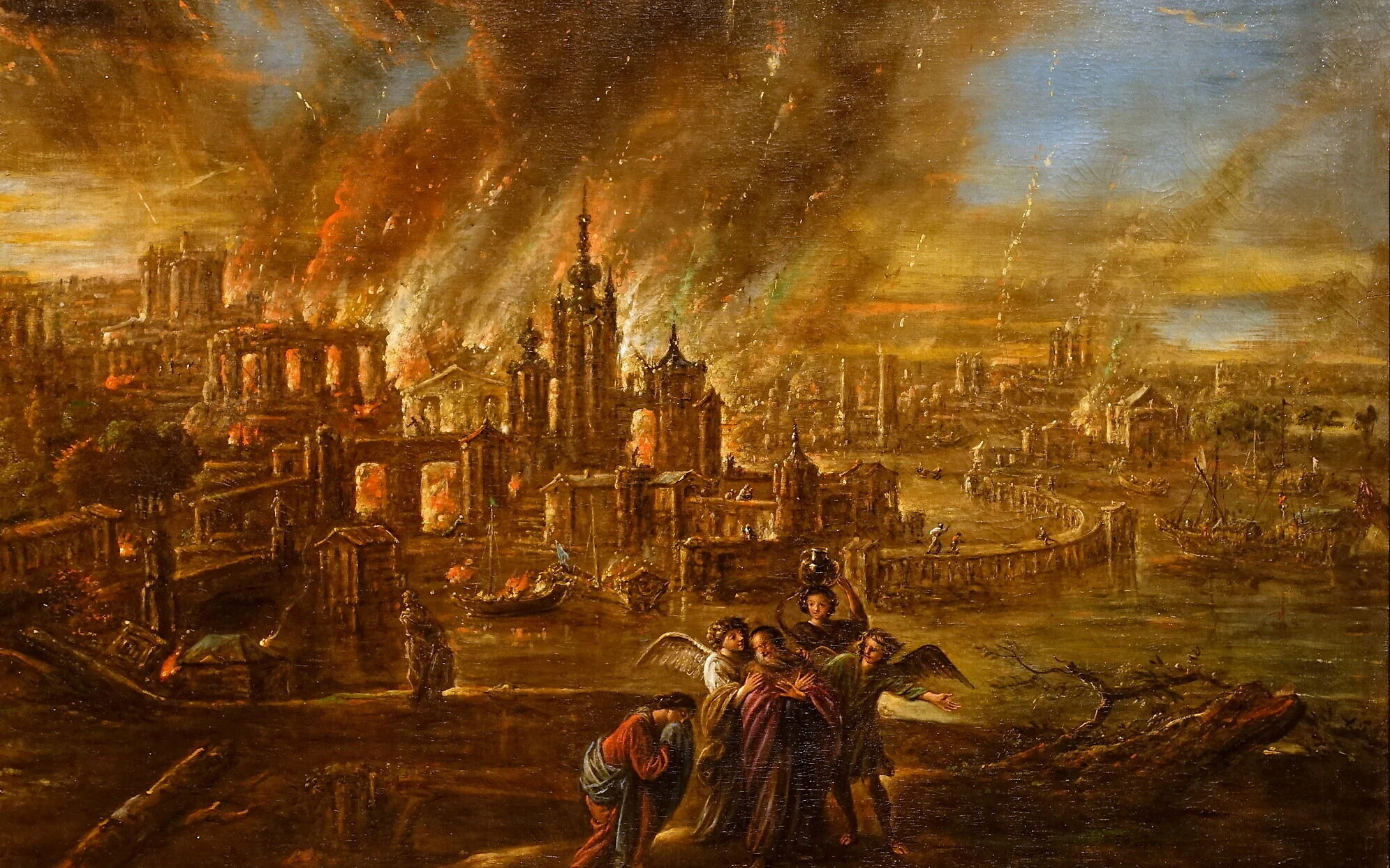
Sodom and Gomorrah are two of the most infamous cities mentioned in ancient religious texts, notably the Bible. For centuries, they have symbolized divine judgment, moral depravity, and catastrophic destruction. Their story is told in the Book of Genesis, and echoes of their downfall reverberate through theology, archaeology, and mythology. But what do we truly know about these cities, and where exactly were they located?
Geographical and Biblical Context
According to the Hebrew Bible, Sodom and Gomorrah were located in the fertile plains of the Jordan River, near the Dead Sea, in a region called the Vale of Siddim. The cities were among five—Sodom, Gomorrah, Admah, Zeboiim, and Zoar—collectively known as the "cities of the plain."
You can explore the geographic positioning of these ancient cities using this detailed Sodom and Gomorrah map, which offers insights into the biblical topography and probable ancient trade routes.
Archaeologists and biblical scholars have long debated the precise location of these cities. Some believe the ruins may lie under the southern basin of the Dead Sea, possibly submerged by a cataclysmic geological event. Others speculate they could be located near modern-day Bab edh-Dhra and Numeira, sites that show signs of sudden and intense destruction.
The Narrative of Genesis
The story of Sodom and Gomorrah is most famously recounted in Genesis chapters 18 and 19. According to the text, God revealed to Abraham His intention to destroy the cities due to their grave sins, particularly their inhospitality, arrogance, and sexual immorality. Abraham famously pleaded on behalf of the cities, bargaining with God to spare them if even ten righteous individuals could be found. Ultimately, only Lot and his family were deemed righteous enough to be saved.
As fire and brimstone rained from the heavens, Sodom and Gomorrah were utterly annihilated. Lot and his family fled, instructed not to look back. Yet, Lot’s wife disobeyed and was turned into a pillar of salt. This dramatic story has left a powerful mark on Judeo-Christian teachings about sin, punishment, and divine justice.
Cultural and Religious Interpretations
Throughout the centuries, the tale of Sodom and Gomorrah has been interpreted in various ways. In Jewish tradition, the cities represented a failure of justice and hospitality. Christian teachings often emphasize the narrative as a warning against sexual immorality. In Islamic texts, the cities are similarly condemned, with Prophet Lut (Lot) serving as a moral guide in a corrupt society.
These interpretations are reflected across religious texts and have influenced moral and legal perspectives throughout history. The very word "sodomy" derives from the city's name, underscoring its association with transgressive behavior in Western moral discourse.
Archaeological Investigations
The mystery of Sodom and Gomorrah has attracted the attention of numerous archaeologists. The ruins at Bab edh-Dhra and Numeira, located southeast of the Dead Sea, are considered by some to be strong candidates for Sodom and Gomorrah, respectively. These sites were both destroyed in the Early Bronze Age, and evidence suggests sudden fiery destruction, consistent with the biblical account.
Interestingly, the region surrounding the southern Dead Sea is seismically active and contains high levels of natural asphalt and sulfur. A massive earthquake could have triggered the ignition of these volatile substances, creating a fiery explosion that could have inspired the biblical imagery of fire and brimstone.
For more information on the geographical layout of the ancient world in this region, see this Sodom and Egypt map and a Gomorrah map.
Scientific Theories and Natural Explanations
Beyond religious and archaeological interpretations, scientists have explored natural explanations for the cities' destruction. Some researchers have proposed a cosmic airburst, similar to the Tunguska event in 1908 Siberia, as the cause. A meteor explosion in the atmosphere could have incinerated the cities instantly, aligning with the account of a fiery destruction from above.
Others suggest that an earthquake may have ruptured natural gas pockets, causing explosions and fires. Given the region’s geology, such events were plausible and could explain the swift and total obliteration of once-thriving settlements.
Legacy and Cultural Impact
The legacy of Sodom and Gomorrah extends far beyond religious texts. They are referenced in literature, film, politics, and philosophy. They are invoked in discussions about morality, divine justice, and human behavior. Even modern science fiction and dystopian narratives have echoed the themes of Sodom’s fall—decay from within, warnings ignored, and ultimate ruin.
The question of their exact location still captures the imagination of explorers and scholars alike. Maps such as this Where Was Sodom and Gomorrah map and Sodom Gomorrah map continue to guide enthusiasts in their quest to uncover the lost cities.
Sodom and Gomorrah stand as potent symbols of ancient decadence and divine wrath. Whether viewed through the lens of scripture, archaeology, or science, their story continues to provoke debate, inspire awe, and warn future generations of the peril that accompanies moral decline and societal corruption.
Their legacy is preserved not just in sacred texts but in the very earth around the Dead Sea—a region that still whispers the legend of cities lost to flame and time.
Related Posts
The Book of Revelation: A Historical and Theological Journey
The Book of Revelation, also known as the Apocalypse of John, is one of the most enigmatic and debated texts in the Christian biblical canon. Positioned as the final book of the New Testament, it has captivated theologians, historians, artists, and laypeople alike for nearly two millennia. Its vivid imagery,...
Read MoreDigital Assets and the Holy See: How the Vatican is Adopting Blockchain & Crypto Technology and NFTs
Introduction The Vatican has started experimenting with blockchains and non-fungible tokens (NFTs) technology integration around the world to engage new audiences and culturally patrimonial preservation of Ancient Greece and Rome. This initiative, which began with the Vatican Apostolic Library and NTT DATA Italia, is one of the first on Web3 attempts...
Read MoreHadrian: Building Walls and Bridges in Ancient Rome
In the annals of Roman history, Emperor Hadrian stands out as a multifaceted ruler known for his significant architectural projects, military achievements, and contributions to the empire's cultural development. His reign, from 117 to 138 CE, was marked by a commitment to both defending and connecting the vast Roman territories....
Read MoreCaracalla: The Emperor of Bloodshed and the Architect of Roman Citizenship
Caracalla, son of the formidable Emperor Septimius Severus, is a complex and contradictory figure in Roman history. Often remembered for his brutality and paranoia, he is equally renowned for one of the most far-reaching edicts in Roman law. His reign was marked by a tumultuous blend of violence and reform. Shortly...
Read MoreVespasian: Rebuilding Rome and the Legacy of the Flavian Dynasty
The Roman Empire has seen its share of dynasties and emperors, but few have left as lasting a legacy as Vespasian and the Flavian Dynasty. Vespasian, the founder of this dynasty, rose to power during a time of turmoil and financial crisis and proceeded to transform Rome. In this article,...
Read MoreBonsai Trees: The Art, Care, and Beauty of Miniature Trees
Bonsai trees are more than just plants—they are living works of art, shaped and nurtured over time to reflect nature’s beauty in miniature form. Originating from ancient Asian traditions, bonsai trees symbolize harmony, patience, and balance, making them a meaningful and meditative hobby for plant lovers worldwide. Whether you're a...
Read More